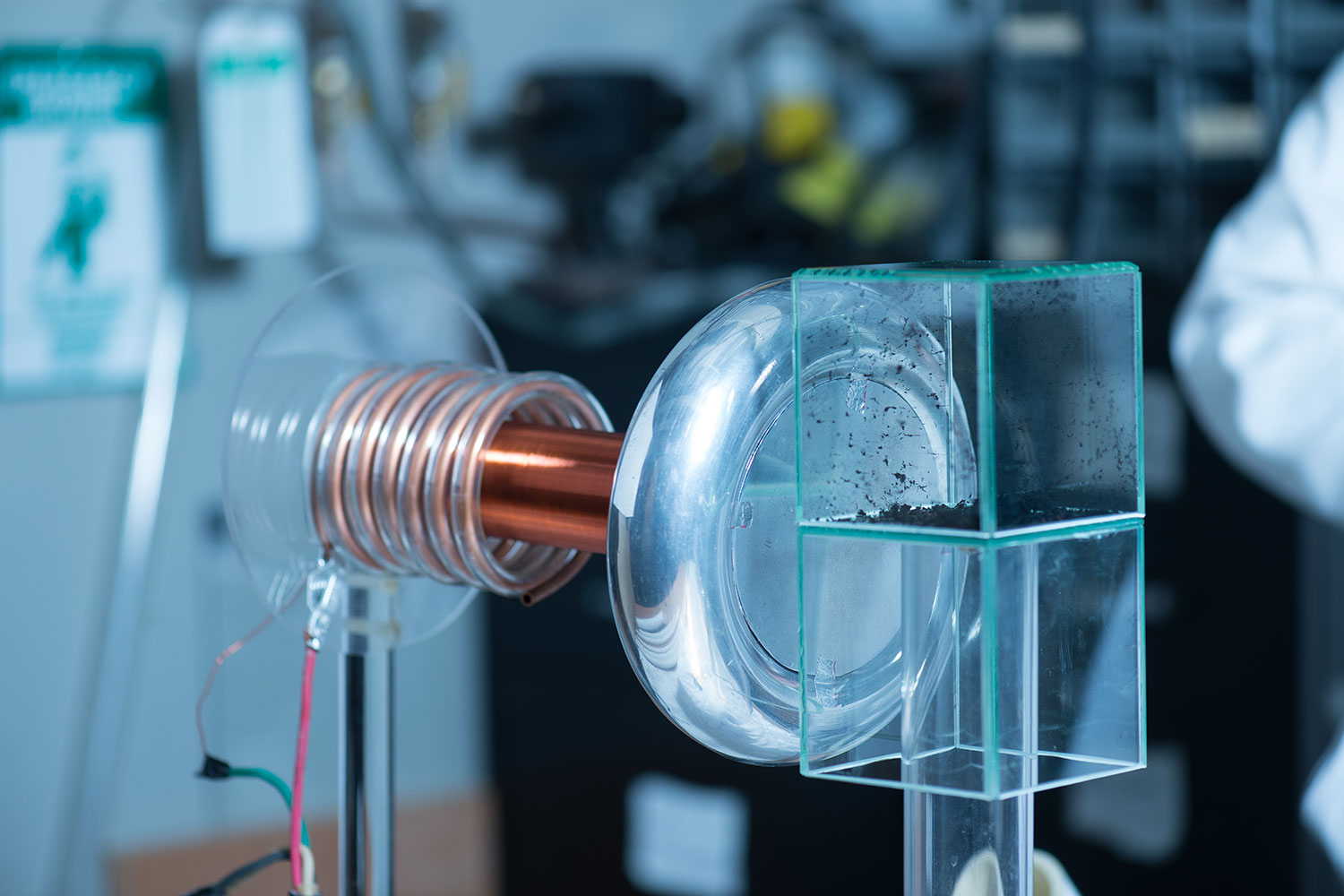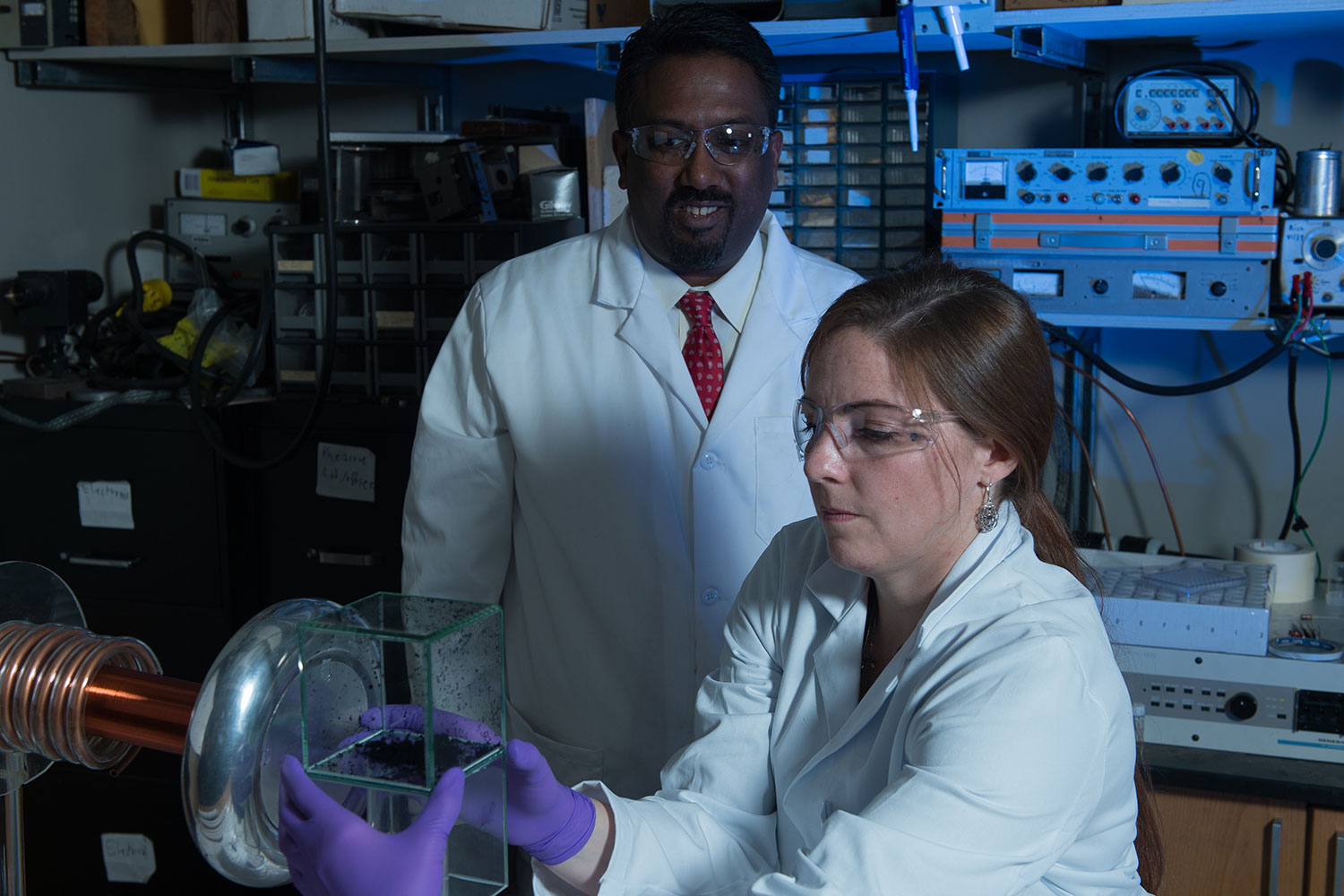Using a Tesla coil to remotely oscillate positive and negative charges in nanotubes, the scientists noticed that the tiny structures would link together to form long, web-like wires while simultaneously absorbing energy from the coil to form circuits. This phenomenon had never been observed, and perhaps never imagined – not even by Nikola Tesla, who designed the coils over a century ago. Team lead Paul Cherukuri was astounded. “It is such a stunning thing to watch these nanotubes come alive and stitch themselves into wires on the other side of the room,” he said in a Rice University article about the finding.
Self-assembly and simultaneous power were surprising and exciting features of the phenomenon. With a bit more experimentation, the team found another intriguing aspect – they could control the nanotubes through a force field from a distance.
In an early experiment apparently inspired by one of Cherukuri’s dreams, the team attempted to light LEDs using Teslaphoresis. They charged nanotubes with Tesla coils, which caused the tubes to assemble themselves and created a circuit that connected two LEDs. Just as Cherukuri’s dream predicted, the nanotubes absorbed energy from the Tesla coil and the LEDs lit up. Observing this, Cherukuri had another moment of inspiration. He realized that by redesigning a Tesla coil he could develop a force field that could control the nanotubes from several feet away, attracting them to the source like a tractor beam.
“Electric fields have been used to move small objects, but only over ultrashort distances,” Cherukuri said. “With Teslaphoresis, we have the ability to massively scale up force fields to move matter remotely.” According to Lindsey Bornhoeft, the paper’s lead author and a biomedical engineering graduate student at Texas A&M, larger systems could manipulate matter from even greater distances.
Nanotubes were an obvious choice for Rice University which has been instrumental in refining the technology. But the researchers see their discovery being applied to other nanomaterials as well. Bornhoeft points to potential future applications in silicon chips, conductive circuits, and biomedical engineering.






